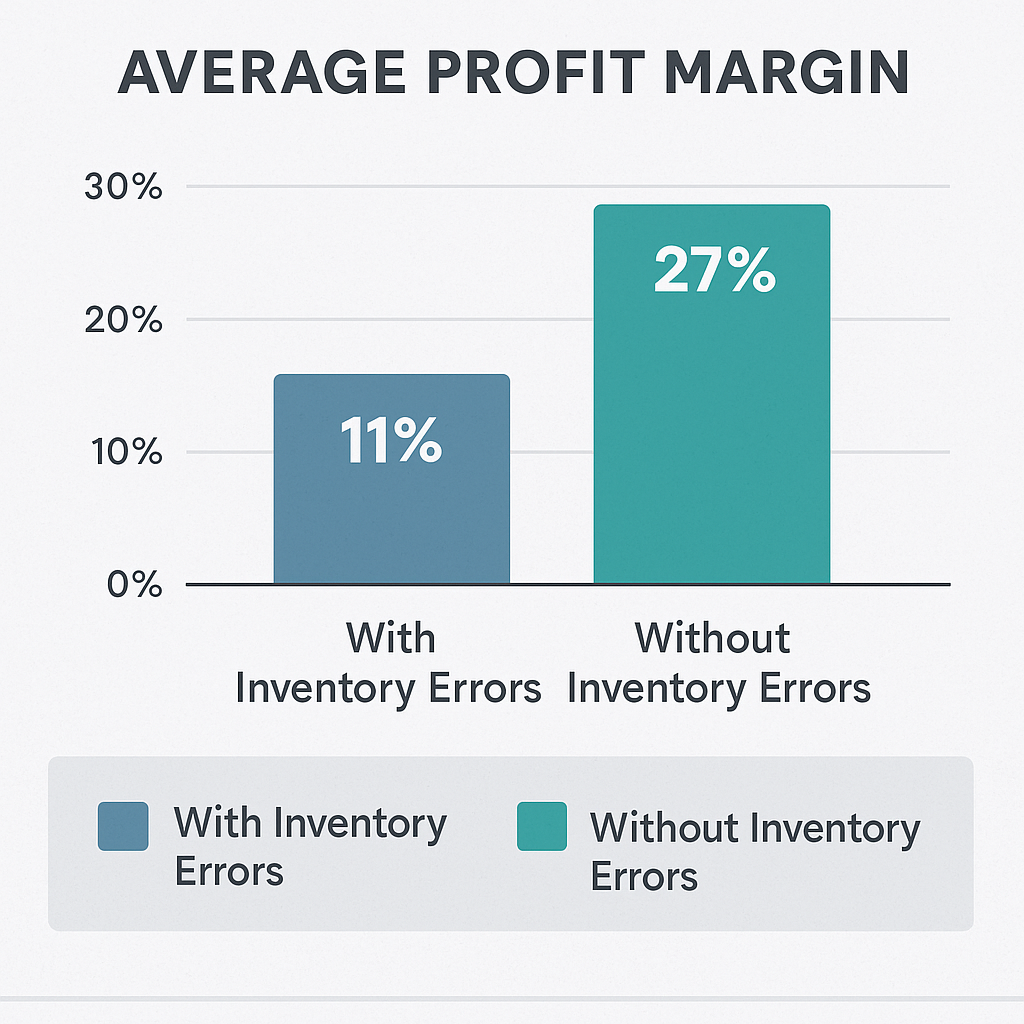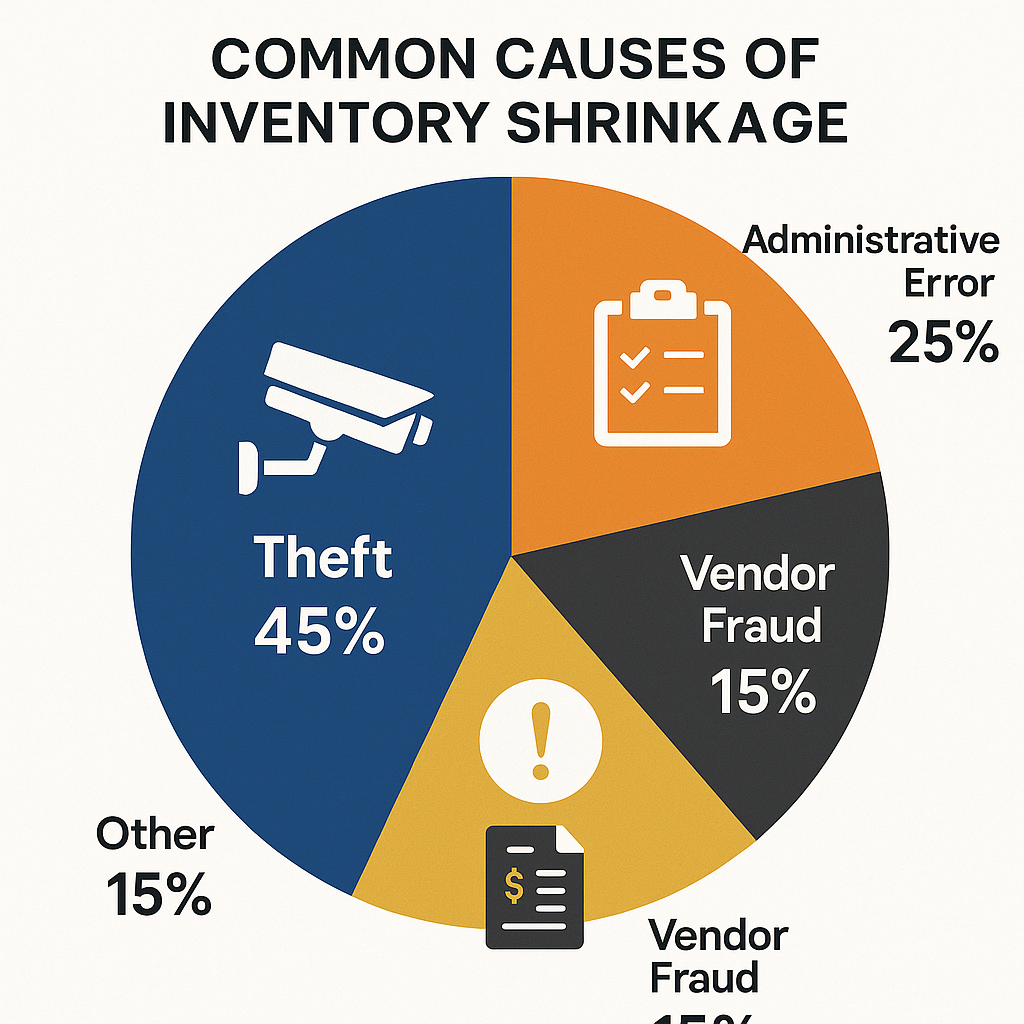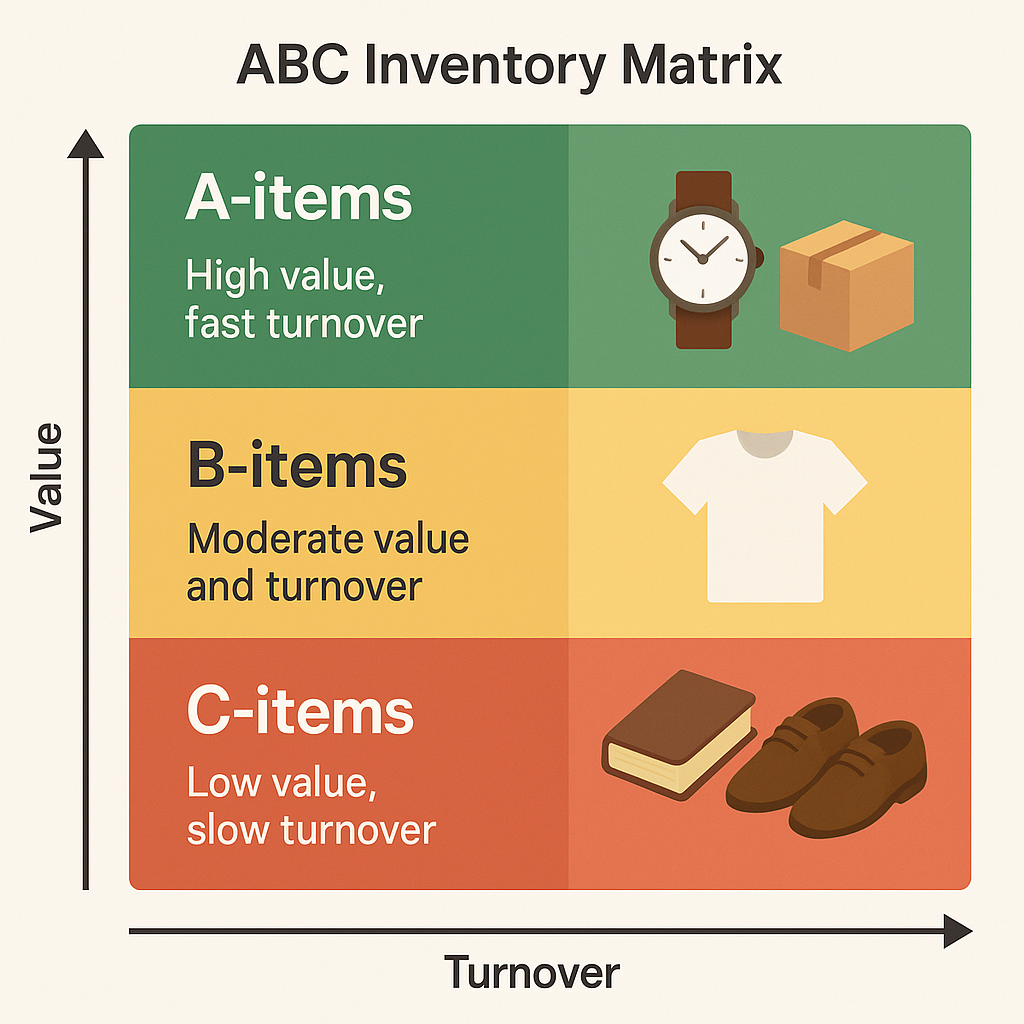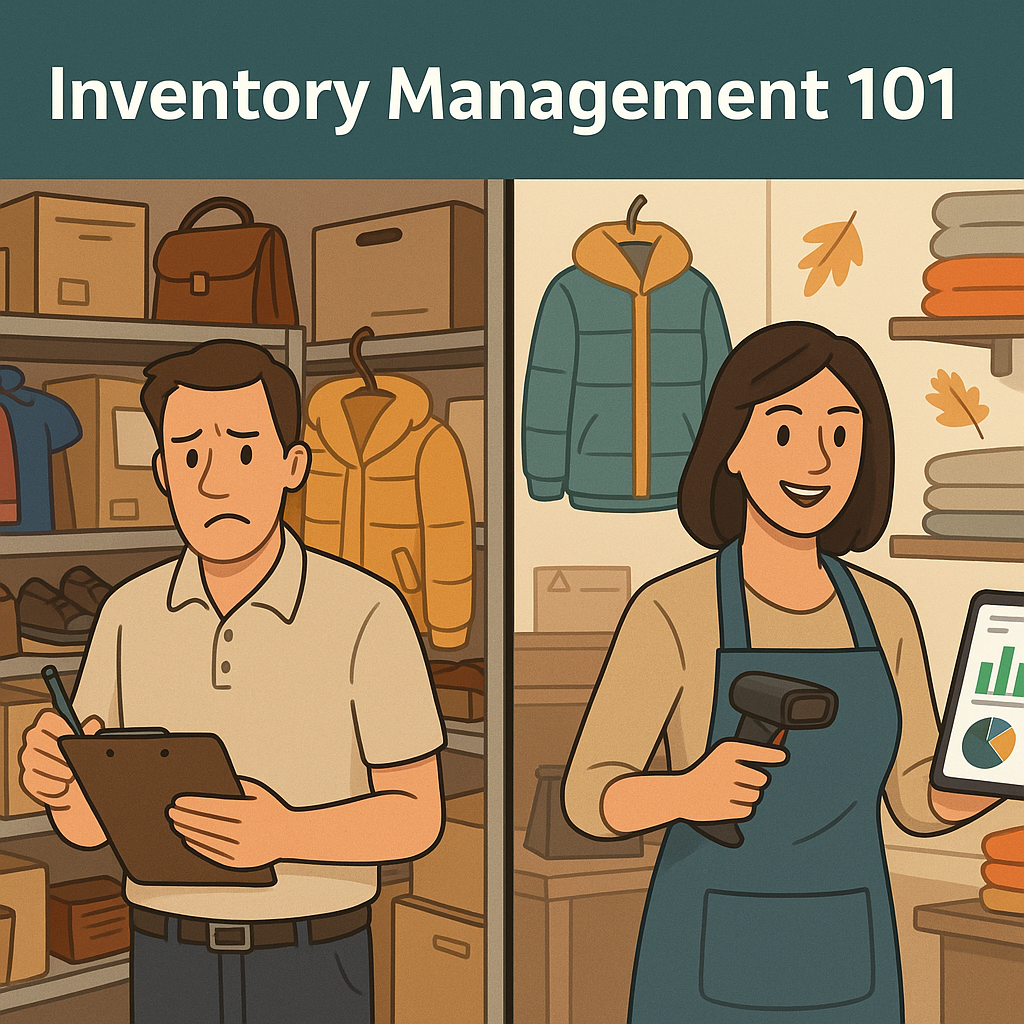Inventory Management 101: Avoiding Common Mistakes for Retailers
Introduction
Have you ever been in the middle of a busy sales day only to realize you’re out of a best-selling product? Or maybe you’ve walked into your storage room and wondered why half the shelves are stocked with items that haven’t moved in months.
If you’re a small retailer, these moments aren’t just frustrating—they’re expensive. Poor inventory practices can choke your cash flow, upset loyal customers, and quietly chip away at your profits. But here’s the good news: most inventory management mistakes are fixable with the right approach.
In this article, we’ll walk you through the most common errors retailers make with inventory—and show you how to avoid them with smarter systems and practical strategies that work for real stores here in South Jersey and beyond.

Inventory Management 101: Avoiding Common Mistakes for Retailers
Why Inventory Management Is Critical for Retailers
The Link Between Inventory and Profitability
Inventory isn’t just stock—it’s money on your shelves. When you buy too much, you tie up cash in unsold products. When you stock too little, you miss out on sales.
According to the National Retail Federation, inventory inaccuracies cost retailers nearly $1.1 trillion globally each year, with shrinkage, overstocking, and stockouts all playing a role.
Key risks of poor inventory:
- Overstocking: Excess inventory increases storage costs and the risk of obsolescence
- Understocking: Leads to lost sales and unhappy customers
- Shrinkage: Theft, damage, or miscounting erodes profits
The Role of Inventory in Customer Experience
Today’s shoppers expect a seamless experience. If your shelves—or online catalog—don’t match real-time availability, customers may walk out or click elsewhere.
Maintaining accurate stock levels helps:
- Build trust with customers
- Deliver consistent service
- Keep your sales floor (or website) lean and efficient

A bar graph comparing average profit margins with and without inventory errors.png
Common Inventory Management Mistakes Retailers Make
No Real-Time Tracking System
Many small retailers still use spreadsheets or even pen and paper to track inventory. While that might work when you’re starting out, it quickly becomes unsustainable.
Why it hurts:
- Inventory isn’t updated as sales happen
- Discrepancies build up unnoticed
- Reordering becomes guesswork
Solution: Use a POS-integrated inventory management system like Square for Retail, Shopify POS, or Lightspeed.
Poor Forecasting
Guessing how much inventory you need—especially during busy seasons—can be a recipe for disaster.
Mistakes include:
- Not using sales data to inform buying
- Ignoring trends or local seasonality (think: beach gear in summer, coats in winter)
Fix it:
- Review sales history regularly
- Track seasonal buying patterns specific to your area (like holiday shopping trends in Gloucester County)
Ignoring Dead Stock
Dead stock = inventory that doesn’t sell. It just sits there, gathering dust and draining your working capital.
What to do:
- Identify items that haven’t sold in 90+ days
- Mark them down or bundle with faster-moving items
- Avoid restocking similar slow movers
Lack of Inventory Audits
No matter how advanced your software, errors happen. Without regular audits, those small errors snowball.
Recommendation:
- Conduct cycle counts weekly (a few SKUs at a time)
- Do a full physical inventory at least once a year

A pie chart illustrating common causes of inventory shrinkage in retail-
Best Practices to Improve Inventory Management
Use an Inventory Management System (IMS)
A solid IMS can save you time and money. Look for features like:
- Real-time syncing with your sales system
- Low-stock alerts
- Barcode scanning
- Automated reorder points
- Top tools for small retailers:
- Square for Retail
- Shopify POS
- Zoho Inventory
Implement ABC Analysis
ABC analysis is a method of categorizing products based on their value and importance:
- A-items: High-value, fast-moving
- B-items: Moderate value and turnover
- C-items: Low value or infrequent sales
How it helps:
- Focus audits and resources on high-impact products
- Optimize ordering for each category

A retail ABC inventory matrix showing three quadrants
Analyze Sales and Seasonal Trends
Local trends matter. A store in Sewell, NJ might see different buying patterns than one in Cherry Hill.
Tips:
- Look at 12-month rolling sales data
- Prepare for seasonal shifts (e.g., prom season, back-to-school)
- Monitor regional events (e.g., local festivals, sports playoffs)
Conduct Regular Inventory Audits
Create a routine for:
- Weekly cycle counts
- Quarterly audit of top-selling items
- Annual full-store inventory
📌 Retail Accounting Services from TMD Accounting
How Accounting Supports Better Inventory Control
Tying Inventory to Your Financials
Good inventory records support accurate:
- Cost of Goods Sold (COGS) calculations
- Profit margins
- Cash flow forecasts
Poor records = wrong tax filings, budgeting errors, and lost insight into what’s working.
Tax and Compliance Benefits
Tracking inventory helps you:
- Properly value year-end stock for taxes
- Maximize allowable deductions for inventory losses or donations
How TMD Accounting Helps Retailers
We help businesses:
- Set up and track inventory costs in your accounting system
- Monitor margins by product or category
- Connect sales, stock, and cash flow for better decision-making
📍Contact TMD Accounting for Inventory Help
Conclusion: Take Control of Your Inventory—and Your Profits
Inventory management isn’t just about what’s on your shelves—it’s about controlling your cash, delighting your customers, and growing your business with confidence.
By avoiding common mistakes and putting better systems in place, you can transform inventory from a headache into a strategic advantage.
🎯 Want help aligning your inventory with your financials?
Schedule a consultation with TMD Accounting and let’s clean up your inventory—and boost your bottom line.

